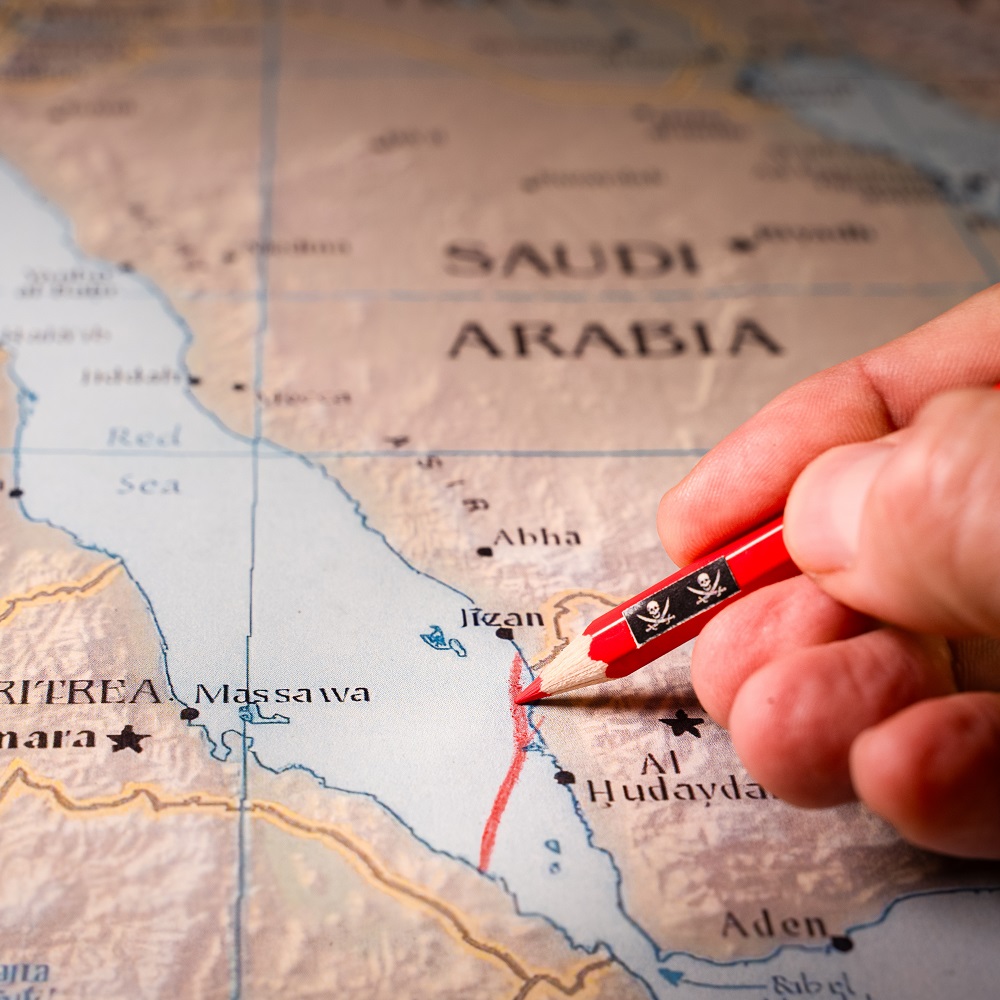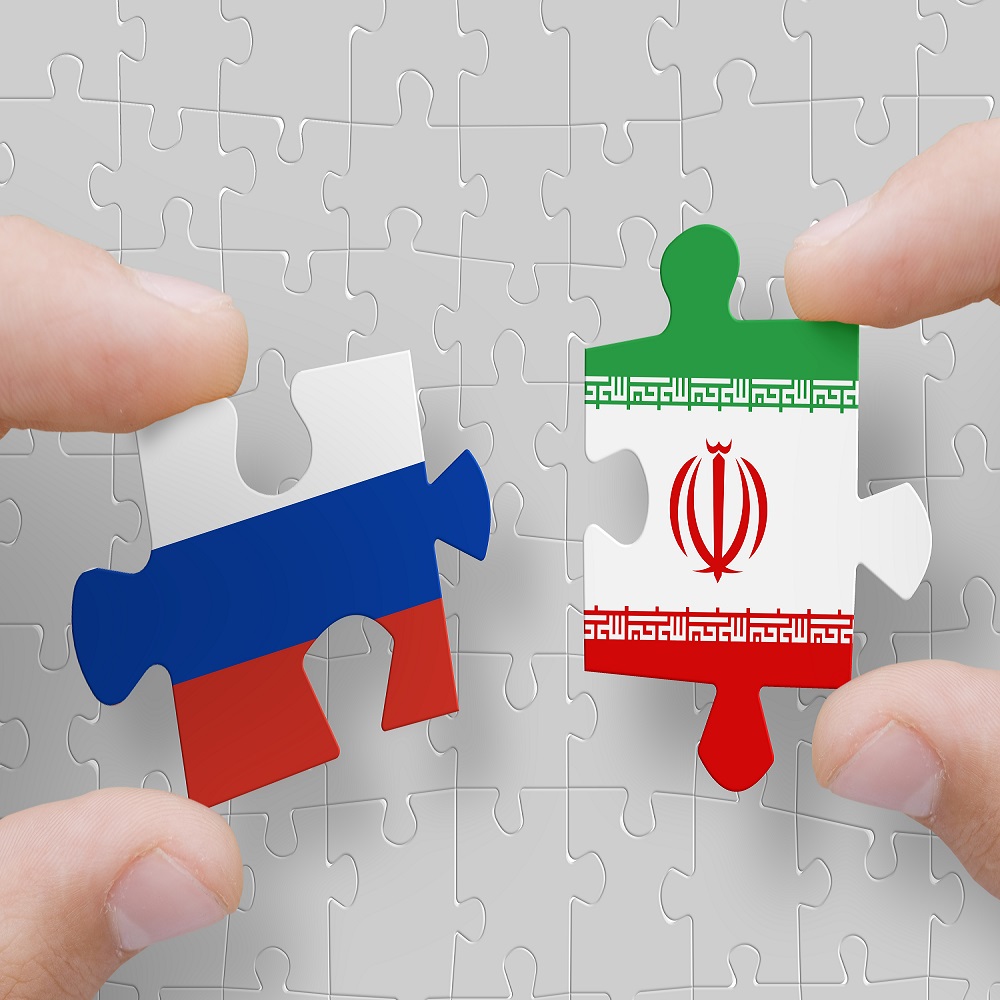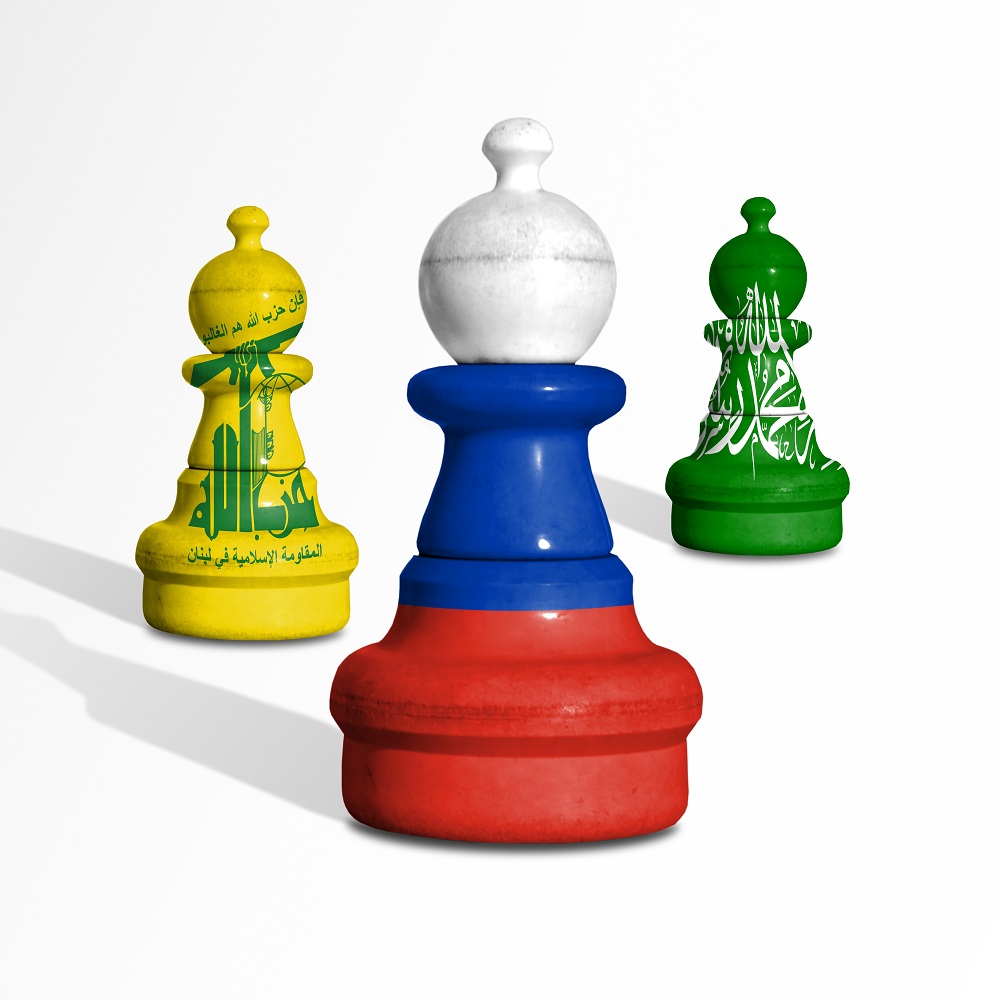
Red Sea politics: why Turkey is helping Somalia defend its waters
by Federico Donelli
Somalia and Turkey recently announced that they would expand the terms of a defence agreement first signed on 8 February 2024 to include the maritime sector. This came as tensions rose between Somalia and landlocked Ethiopia. Ethiopia is seeking access to the Red Sea through Somaliland, a breakaway state of Somalia. Federico Donelli, an international relations professor whose research covers Red Sea security and politics, puts this defence agreement into context. What’s the scope of the relationship between Turkey and Somalia? Turkey’s entry into Somalia in 2011 started out as a humanitarian partnership but soon turned into a strategic one. Its support since has been economic and infrastructural and has increasingly included the military. The Turkish government saw Somalia’s failed statehood and the lack of other major international stakeholders as an opportunity to increase its popularity across Africa. Turkey aimed to: - gain international visibility - test its ability to intervene in conflict and post-conflict scenarios - increase market diversification into east Africa - cultivate its image as a benevolent Muslim middle power by promoting Islamic solidarity. Several Turkish faith-based associations and NGOs already active in Africa became directly involved in development and relief projects. Major national brands, such as Turkish Airlines, promoted campaigns to raise funds for Somalia. Within a few years, Turkey’s involvement in Somalia was portrayed by the government and perceived by the Turkish public as a domestic issue. Turkey’s early efforts to bring Somalia back to the table of the international community were successful. With the reopening of Mogadishu’s port and airport in 2014, both managed by Turkish companies, the economic situation in Somalia improved compared to the previous decade. Turkish political elites began to present their involvement in Somalia as a success story. This is despite some remaining critical problems, including failing to root out the terrorist organisation Al-Shabaab. Turkey took responsibility for training the Somali National Army in partnership with other stakeholders, including the European Union and the United States. It opened a military base in Mogadishu in 2017. The base trains one of the army’s elite units, the Gorgor Brigades, and serves as a Turkish military outpost in the region. Al-Shabaab’s persistence has convinced Turkey that it needs to provide more active military support for Somalia’s development. Ankara also wants to protect its economic and political investments in Somalia. Finally, behind the Turkish deal with Somalia is the politics around the North Atlantic Treaty Organization (Nato). Over the past 12 months, Turkey has moved closer to the United States. It’s positioned itself as an effective ally in Africa to counteract the negative effects of France’s withdrawal – such as the increasing influence of Russia. Turkey’s commitment to Somalia follows its efforts in Libya. In both cases, Turkey has proven willing to take on the security burden that other Nato members, particularly Italy, have refused to meet. Turkey’s engagement in Somalia is, therefore, part of a broader foreign policy strategy to gain more autonomy in global politics. Increased relevance within Nato would help achieve this. What’s the context of the maritime defence pact between Turkey and Somalia? Turkey and Somalia began working on an agreement between November 2023 and January 2024. Turkey agreed to train and equip Somalia’s naval force and help patrol the country’s 3,333km coastline. Turkey’s defence sector has had increasing influence in Ankara’s foreign policy decisions. Turkey sees itself as an exporter of defence industry products, and as a partner in training special forces and police. African countries are among the main targets for the Turkish defence sector. Somalia, therefore, provides an opportunity to spread more Turkish production and items. In 2022, Turkey became, along with the United States, the main backer of a new offensive against Al-Shabaab. It provided logistical support to the Gorgor forces and air cover to the national army. This cooperation has led to the 10-year defence agreement, including maritime security, signed in February 2024. Turkey and Somalia have been working on the accord for some time, but recent regional events have undoubtedly affected the announcement’s timing. An Ethiopia-Somaliland memorandum of understanding in January 2024 is one such event. Turkey has good relations with Somaliland, but considers the territorial integrity of Somalia to be essential for its stability. At the same time, the Horn of Africa’s political dynamics are shifting. Mounting tensions between Ethiopia and Somalia have led to new coalitions involving regional and extra-regional players. It’s important not to oversimplify, but two factions are emerging. On one side are Ethiopia, Somaliland and the United Arab Emirates (UAE). On the other are Somalia, Egypt, Eritrea and Saudi Arabia. At first, Turkey sought to mediate between the factions to defuse tensions. But its agreement with Somalia reduces Turkey’s room for manoeuvre. Although the relationship with Ethiopian prime minister Abiy Ahmed appears to be unaffected, there could be negative repercussions, especially for the many Turkish economic interests in Ethiopia. What is the UAE factor? When it comes to the Horn of Africa, the UAE plays a pivotal role. Turkey and Somalia each have a relationship with the Emirates. From 2014 to 2020, Turkey engaged in bitter rivalry with the Emirates in the wider Red Sea area. This was driven by the two countries’ different visions for the region’s future. Relations improved from 2020. During the 2020-2022 war in Tigray, both Turkey and the UAE supported the Ethiopian government. But recent developments in the Horn of Africa, such as the UAE-backed Ethiopia-Somaliland deal, threaten to create new friction between Turkey and the Emirates. Turkey doesn’t have the political will or material capacity to sustain this. In the past three years, the UAE has supported the Turkish economy with direct investment, changing the balance of the relationship. The situation is similar for Somalia. From a commercial and security perspective, the Emirates is important in Somalia. The UAE manages two key Somali ports – Berbera and Bosaso. It’s also moving to take over Kismayo. And the Emirates has been one of Somali president Hassan Sheikh Mohamud’s principal backers. It would be risky for the Somali president to break ties with Abu Dhabi. What happens next? There is still much uncertainty about how the Ethiopia-Somaliland memorandum of understanding and the Turkey-Somalia defence cooperation agreements will be put into practice. What’s clear is that both the UAE and Turkey are becoming more active and influential in the region. And that African dynamics within and between states are closely intertwined with regional and global trends.










